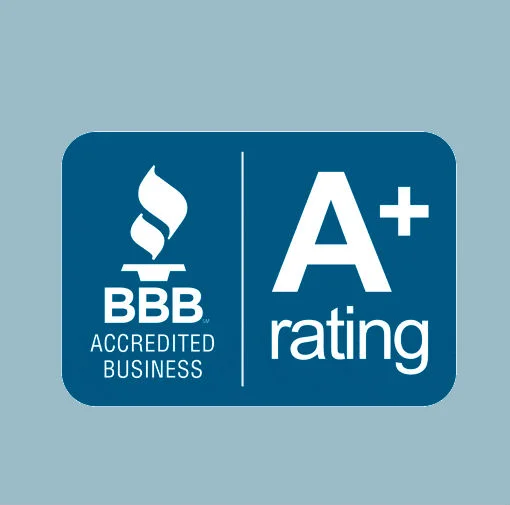What to Say to Warren Buffett: Sharing Value and Piquing Interest in 50 Words or Less
How to craft an effective elevator speech for precision results, referrals and reputation.
Everyone has an interesting message, but it's tough to be clear, concise and memorable in less than 30 seconds. Here's how to sound spontaneous and make a lasting impression with a flash opportunity.
Let's say you step into an elevator and you're elbow-to-elbow with Richard Branson or Bruce Springsteen or the CEO of the Mayo Clinic (Denis Cortese, MD). Quick, before the car arrives at the 10th floor, what do you say when Bruce—observing your white coat—casually asks: "So, Doc, what exactly do you do?"What can you possibly say about yourself—in less than 30 seconds—that's truly compelling and interesting?
You've got less than a minute to condense your life's work into a captivating, engaging, precision answer and make a continuing connection. Maybe 50 words—20 seconds max.
OK, maybe you don't expect to bump into Arnold Schwarzenegger, Dr. Cortese, or anyone famous—everyone can use a good "elevator speech" to advance what they do. (Likely, more than one.) A definition we like: A concise and compelling statement that lets people know the value you provide and inspires them to know more.
An elevator speech is especially valuable in conversations that foster professional referrals. It's also practical and useful almost daily—in chance or planned encounters, as well as at medical conferences, peer meetings, formal or informal public occasions. In addition, staff members, and representatives of a hospital, a group practice, or healthcare organization can refine and use this technique frequently. It's what a pharma rep wants to say that distinguishes himself from others (piquing interest without pitching). Your elevator speech means business.
It's probably the most useful, least expensive, and effective 30-second device in your marketing toolbox. But it can be a challenge to create and use properly. An effective elevator speech is:
- BRIEF. Thirty seconds is around 75 spoken words. Longer than that and Elvis has exited the stage.
- SPECIFIC. Generalizations are yawn inspiring and could apply to others.
- DISTINGUISHING. Point to what uniquely differentiates you (your practice, hospital, business) from the competition. (That they can't say or claim.)
- SOLUTION-CENTRIC. As in the expressing the exceptional solution(s) you provide.
- PROVOCATIVE. Entice your listener to ask for more.
The formula for creating an elevator speech is similar to other forms of advertising. It is challenging to be both interesting and brief-and to sound conversational, not sales-like. Here's how to get started.
- Target the Audience. You don't always know who will be aboard the next elevator, so craft more than one way to present a topic. Your doctor-to-doctor message will be different from a public message.
- It's About Them (Not You). Describe what you do in terms of real benefit(s) the listener. If it's not a benefit (what's in it for them), they won't be listening for long.
- Grab Attention. Begin with an opening line, comment or statement that sparks curiosity from the start.
- Pain and Pain Relief. What is the problem that the listener can identify with, and what do you do that solves that problem like no one else?
- Open the Door. Your intent was not to close the sale, but to inspire interest, so be prepared to build the bridge to further conversation or more information. Be ready with a next step or follow-up.
Here's how this might work, in case Warren Buffett isn't taking the stairs:
"It's scary, but diabetes is a huge problem nationally and right here in River City. Almost everyone knows someone who has it. But most people don't know that these patients often need six or seven healthcare specialists for the best care. I'm a primary care physician with the Diabetes Care Team, a new group practice that brings all these disciplines together under the same roof. It's a first in this state." (71 words)
Or, you meet a professional colleague who refers (or could refer) to your practice:
"Our (sub-specialty) group has been tracking outcomes of especially difficult cases. It's a professional challenge for us; we've been able to help a lot of people lately while improving our (clinical) skills and outcomes. I'm sure you encounter (difficult cases) where we might work together. We're up to the challenge and perhaps we can make a difference for those folks. Our group has adopted some promising new approaches for demanding cases." (71 words)
Carefully crafting a brief and effective message, and delivering it in a natural, conversational way is anything but easy. So write, rehearse, practice, revise and refine. Test-drive it with a total stranger.
Let's meet over by the elevator. We'll talk.
Related Articles:
Doctors: How to Build Your Personal Brand and Reputation in 30 Seconds
Healthcare Public Speaking: Engaging the Power of Personal Persuasion
Doctor Marketing Skills: 12 Tips for Effective Presentations
Great Speeches: Doctor Marketing to Enhance Your Reputation and Credibility
Speak Value: Competitive Watchwords for Healthcare Marketing










